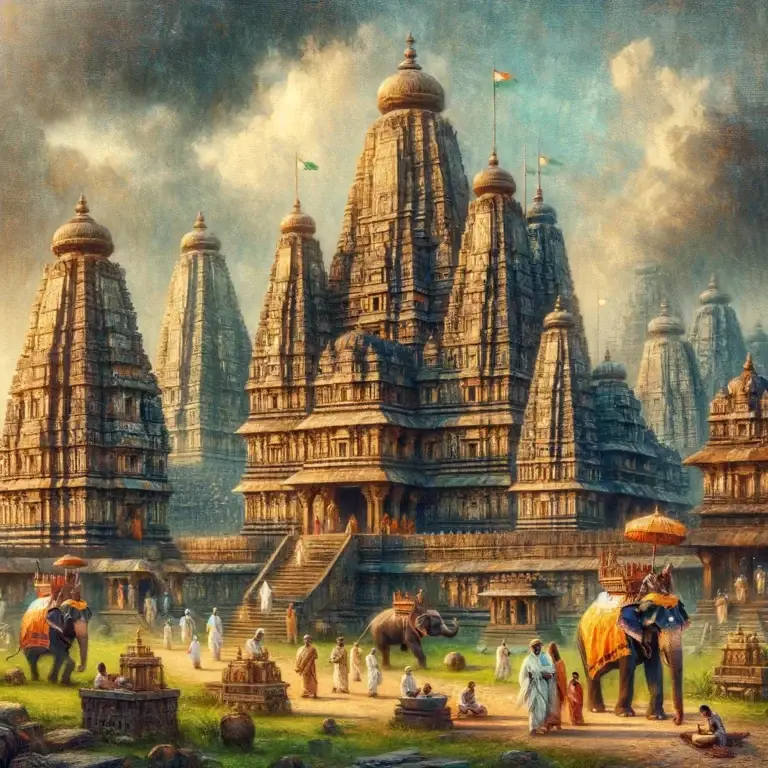Gupta Empire

Table of Contents
Gupta Empire Overview
The Gupta Empire was a prominent ancient Indian civilization that flourished from approximately 320 CE to 550 CE. It is considered a golden age of Indian history, characterized by significant advancements in art, science, mathematics, and literature.
The empire, founded by Maharaja Sri Gupta, reached its zenith under rulers like Chandragupta I, Samudragupta, and Chandragupta II. The Gupta period saw remarkable achievements in architecture, with the construction of iconic temples and monuments, such as the Vishnu Temple at Deogarh and the Ajanta Caves.
It also witnessed notable contributions to mathematics, including the concept of zero and the decimal system, as well as developments in astronomy, medicine, and literature. Despite its decline in the 6th century CE due to invasions and internal conflicts, the Gupta Empire left a lasting legacy on Indian culture and civilization.
Gupta Empire History
The Gupta Empire was a powerful ancient Indian civilization that flourished from around 320 to 550 CE, considered a golden age of Indian history.
Founded by Sri Gupta around 320 CE, the empire reached its peak under Chandragupta II (also known as Chandragupta Vikramaditya) and his successors.
The Gupta Empire was known for its significant contributions to art, literature, science, mathematics, and philosophy, which had a lasting impact on Indian culture and civilization.
During the Gupta period, Hinduism became the dominant religion, and the empire played a key role in the revival of Hindu culture and traditions.
The Gupta rulers were patrons of the arts and sciences, supporting scholars, poets, mathematicians, and artists, including Aryabhata, Kalidasa, and Varahamihira.
Gupta architecture, characterized by intricate carvings, temple complexes, and the use of stone and brick, reached its zenith during this period, with famous examples like the Dashavatara Temple at Deogarh and the Ajanta and Ellora Caves.
The Gupta Empire had a flourishing trade network, with trade routes connecting India to Central Asia, Southeast Asia, and the Roman Empire, facilitating the exchange of goods, ideas, and cultures.
The Gupta period saw advancements in science and mathematics, including the development of the decimal numeral system, the concept of zero, and the works of mathematicians like Aryabhata and Brahmagupta.
The decline of the Gupta Empire began in the late 5th century due to invasions by the Huns and internal conflicts, leading to the fragmentation of the empire into smaller kingdoms.
Despite its eventual decline, the Gupta Empire left a lasting legacy of cultural, intellectual, and artistic achievements that continued to influence Indian civilization for centuries to come.
Related Links
Ancient Egypt
Maurya Empire
Mongol Empire
Tudor Dynasty